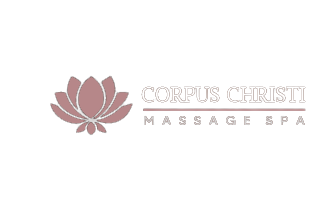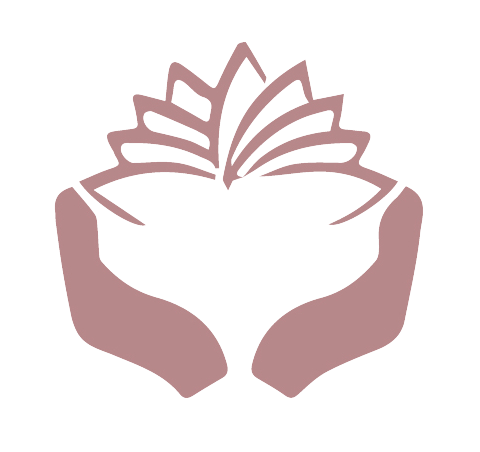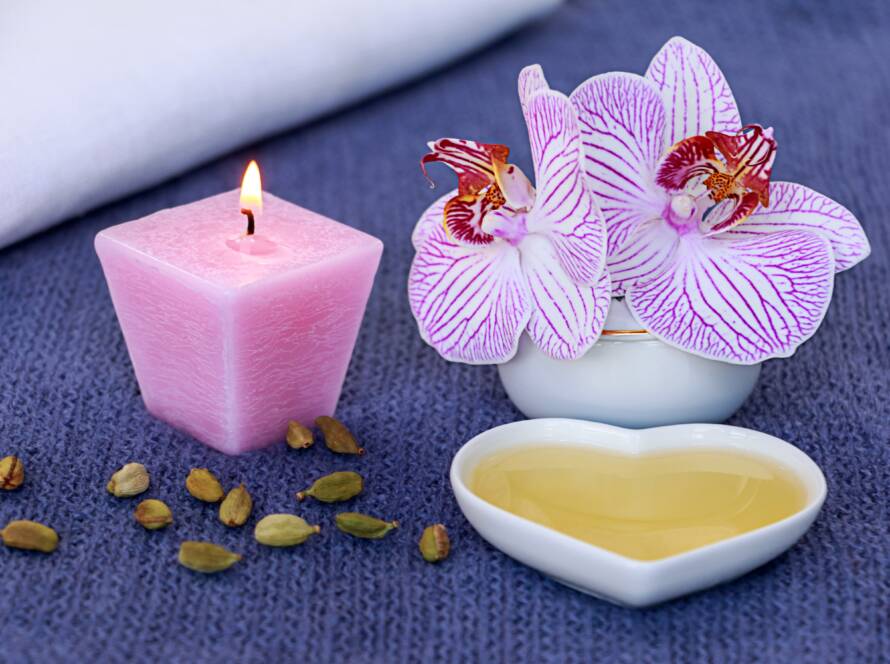Physicians Explain People’s Desire to Relax
1. Exercise
Relaxation techniques are great way to soothe both mind and body in stressful times like the corona virus pandemic or everyday traffic jams and work deadlines, offering relief in such trying moments. Learning relaxation techniques will enable you to cope better when faced with tough circumstances. Simple exercises can work wonders in relieving tension. A steady walk, hot bath, listening to relaxing music or doing breathing exercises like placing one hand on your stomach while counting to four can help ease tension significantly.
Visualization is another straightforward relaxation activity. Simply imagine a pleasant setting that helps you unwind, engaging all five senses – like smelling salt water or hearing waves crash against shore – for maximum relaxation effect. However, make sure that if any physical discomfort arises during relaxation exercises then stop and focus on breathing instead.
Talking with a counselor or psychologist can also be effective at alleviating emotional stress, so don’t be intimidated into seeking professional assistance. While relaxation exercises tend to be safe for healthy people, before engaging in anything new or different it would be prudent to check with your physician first.
2. Deep Breathing
“Breathe in, breathe out” may seem simple, but this simple act forms the cornerstone of many meditation and relaxation techniques. Deep breathing can help control anxiety while inducing relaxation response, and combined with useful imagery or focus words/phrases it can increase its effectiveness even further. People suffering from anxiety often take shallow, shoulder-based breaths – known as Costal Breathing [Source].
Deep breathing relies on the diaphragm muscle contracting to draw air in through its entrances into and exits through its exits, inhale through passively drawing it in and exhaling through expulsions, creating an air exchange process in the lungs and expel air from them – replicating this relaxation breathing pattern can help calm our nervous systems that govern all involuntary functions, leading to reduced anxiety and stress levels.
Slow, deep breathing activates the parasympathetic nervous system – commonly known as “rest and digest” or the “rest and relax” system – to conserve energy for key bodily processes like digestion and urination. The vagus nerve transmits interoceptive signals from these systems to the central nervous system which then regulates emotional and behavioral responses {NIH}.
Make an effort to try this breathing exercise to reduce anxiety: Place one hand on your chest and one on your belly. Breathe normally; you may notice that one hand moves more than the other as you inhale. Intentionally send air toward your navel with each inhalation and return to normal breathing patterns after several cycles. Practicing this exercise regularly will allow you to master it, and eventually do it on command when feeling anxious – you will reap its many advantages!
3. Meditation
Meditation has quickly grown increasingly popular over recent years, but its history dates back millennia. Meditation can be associated with religious traditions like Buddhism as well as psychotherapeutic practices like mindfulness-based stress reduction which helps treat anxiety and depression among other mental health conditions. People who meditate reap numerous advantages, from reduced stress and peace of mind to helping manage mental and emotional conditions such as depression, anxiety, addiction and chronic pain. Furthermore, meditation may even prevent physical issues like high blood pressure or heart rate by relieving tension levels and relaxing muscles.
Meditation involves sitting comfortably in an upright position and focusing on your breath. Although your attention may inevitably drift, the aim is to return it to it over time; practice makes perfect! For optimal results, begin with five or 10 minute sessions and gradually increase this over time – starting out small, it should become easier with time. Meditation comes in various forms; some focus on breathing techniques while others involve guided visualization or repetition of mantras. Certain religious traditions (Shamanism, Buddhism and Hinduism) teach meditation techniques while they may also be practiced independently without religious or spiritual restrictions.
Studies have demonstrated that those who meditate regularly experience changes to their brain, including denser brain tissue and areas with more connections (Harvard), which may contribute to improved memory, attention, emotions and warding off illness and infections as evidenced by one study where volunteers who practiced regular meditation produced more antibodies against influenza virus than those who didn’t meditate regularly.
4. Relaxation Music
Listening to relaxing music has several physiological responses that help relax the mind and ease tension, from decreasing cortisol levels, boosting serotonin and dopamine production, as well as creating positive feelings like enjoyment, inspiration and self-esteem. Researchers have identified various elements of musical composition – slow tempos, consonant harmony, repetition and ambient noise – as effective means of creating a peaceful listening experience. Furthermore, they’ve researched how listening to music can reduce stress by altering one’s autonomic nervous system (which regulates heart rate and blood pressure).
One experiment had participants connected to sensors attempt a stressful puzzle before listening to an urban ambient soundscape (including waves lapping on shore, birds singing or leaves rustling) combined with naturalistic sounds (water waves lapping or birds singing).
Results of this study demonstrated that the combination of sounds significantly lowered heart rate and blood pressure, and activated their “rest and digest” response. Researchers have also discovered that this kind of music helps relax muscles as well as joints and tendons to reduce pain relief. Relaxing music has another benefit of helping people fall asleep faster and achieve greater rest, especially if used prior to bedtime. Parents frequently sing their infants and children lullabies before bedtime to put them into a relaxed sleepy state and help ensure a restful restful restful restful state.
Finding music that relaxes you is key when it comes to integrating relaxing tunes into your life, but each person’s taste in music differs; finding soothing tunes that suit you can help ease tension in your mind and promote sleepiness.
5. Yoga
Yoga is a holistic mind-body practice with numerous variations to meet people’s physical and emotional needs, making it increasingly popular as a method for maintaining wellness and alleviating various health conditions. Yoga therapy continues to prove its worth for managing mood disorders as well as other conditions. Yoga involves deep breathing to soothe your sympathetic nervous system (the part of your autonomic nervous system that triggers the fight-or-flight response). As a result, this reduces stress hormone levels and blood pressure, while simultaneously decreasing cortisol levels in your blood stream and relaxing your heart rate – helping to calm both mind and improve concentration.
Yoga practice includes stretching exercises, fitness programs, meditation practice and relaxation techniques that combine stretching with fitness-based exercises to reduce anxiety, depression, insomnia and pain; improve self-esteem and body image, enhance relationships and foster optimism and a sense of purpose within one’s life.
Recent research found that practicing yoga may help ease symptoms of posttraumatic stress disorder (PTSD). While this was only a small-scale experiment, its results indicate that yoga may provide an effective alternative treatment option to medications and talk therapy in managing this disorder.
Physical limitations prevent some from participating in regular yoga classes, but alternatives such as chair yoga, yin yoga and restorative yoga may provide similar benefits. Furthermore, breathing exercises, guided imagery or meditation may offer many of the same psychological advantages a full class does – this is particularly helpful for people suffering from mental health disorders such as depression or PTSD.





